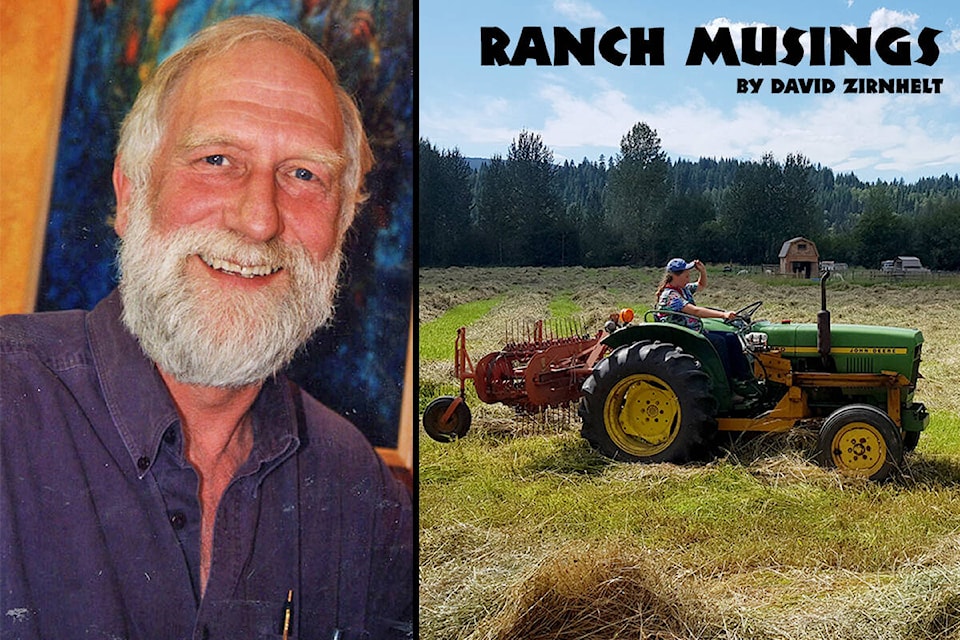Progressing towards a better future or past state of affairs has become a main preoccupation for many these days.
As citizens of a tumultuous world, we often feel powerless to effect outcomes: ending wars and resolving injustices like the place of women in many societies. Or, for farmers and ranchers, we think that progress has been defined as producing more food to make us all more secure and not face starvation in the face of vagaries in the weather and climate.
Essentially, we have achieved this progress around the world. However, we have failed at distributing the food equitably.
For over half a century, the Food and Agriculture Organization of the United Nations has sought to solve this problem.
Now, global warming has placed before us a dire need to “make progress” towards this lofty goal in a compromised environment.
How do we make progress without further raising the temperature by off-gassing greenhouse gasses which, if retained in the soil, would support more production?
Bringing this challenge down to the farmstead level or small landscape level puts these goals within our reach on a local basis. It is within our power to effect changes at home.
Every farmer and rancher can find areas on our places where we can work towards a healthier state of biological activity. We can plant windrows of trees or hedges of bushes, protect sophisticated nature-mimicking multi-storied places which support large trees in the overstory, and plant smaller fruit and maybe nut trees with berries under them. Vegetables and fungae can be encouraged to grow close to the ground.
Such biodiversity can harbor beneficial insects that will control pests and invasive plants.
Why don’t we all do this then: find more complex but more stable communities of plants and animals with which we share our place?
The answer is that many of the farmers of the world want to maximize production of a few crops and change the landscape to do that: drain a wetland, a swamp or woodland to allow machinery to more quickly to harvest our bigger and bigger fields of crops.
Some farms don’t even have gardens anymore. Farm families are often fully engaged with enlarging the farm or working off the farm to bring in cash to live and invest in the farm.
At a recent grazing workshop one of the speakers said that science is now catching up to validate some good ideas about promoting the health of soils.
Many studies on soil health have helped us understand the workings of the miraculous soil building critters that live below the surface of our land. Abundant nitrogen in the air necessary to grow protein can be driven into permeable soil during high atmospheric pressure conditions feeding the microscopic soil builders.
This is just one example that we can use to justify a more sophisticated approach to stewarding the soil that will feed us along with a stable evolving complex of plants and animals. Biodiversity is within our reach as individual farms.
Many small steps can be the progress to which we aspire. Hope comes from even small actions in the right direction opposite to prior destructive “progress.” If we rebuild soil to a condition close to that which we inherited from nature’s soil building efforts, we will be on a regenerative track.
Read more: RANCH MUSINGS: Financial bad news and yet there is hope
Do you have a comment about this story? email:
editor@wltribune.com
Like us on Facebook and follow us on Twitter.
